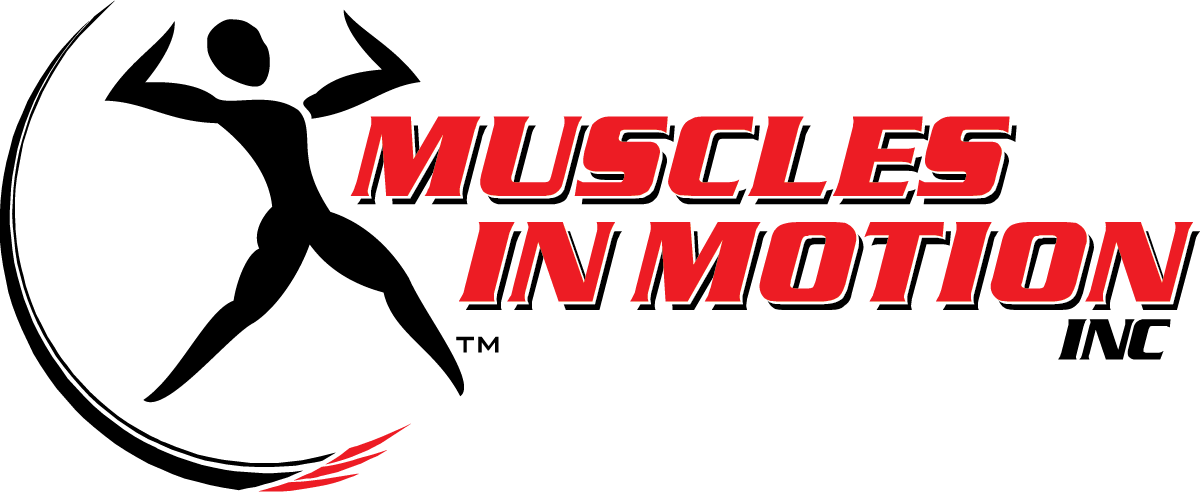What really happens when you do ab exercises.
The hype around strong, pronounced abs is news to exactly no one.
Flaunted by the likes of Kayla Itsines, Cristiano Ronaldo, and even Gigi Hadid, a cut core is arguably one of the most sought-after results in the realm of fitness.
And while, yes, those defining lines are a show of all the hard work you put in, they aren’t the only thing you gain by crunching, raising, and planking your way to a trim midsection.
Physical therapist, Karena Wu says “Strengthening your abs will help support the lumbar or low back spine. The core is the entire midsection, from the pelvic floor to the diaphragm (bottom to top) and the abdominals to the low back (front to back). Working the abs— especially the deepest abdominal muscle, the Transversus Abdominis— will help stabilize the low back spine. Keeping this muscle strong will keep the core balanced. It will help maintain stability and help to decompress the spinal column.”
Continue reading the full article>>>
Rather than focusing on ab definition, we encourage you to turn your attention to all the muscles that form your “core”- the transverse abdominal, internal and external obliques, multifidus muscles, rectus abdominis, spinal erectors, longissimus, pelvic floor, and thoratic diaphragm.
The muscles of your trunk—your core—can be strengthened and trained to contract in the proper order to give you a stable foundation for movement. The benefits may include:
- The strong, healthy feeling that comes from good posture.
- Confidence from strength and good balance.
- Greater strength and power for your activities.
- Less chance of injury.
- Decrease in, or prevention of, low back pain.
Strengthen & support your core at Muscles in Motion with the help of a professional personal trainer!
If your goal is to decrease body fat, we highly recommend supplementing your workouts with modifications to your overall diet. Click here to see a list of our closest nutritional referral partners for more guidance in that area.
